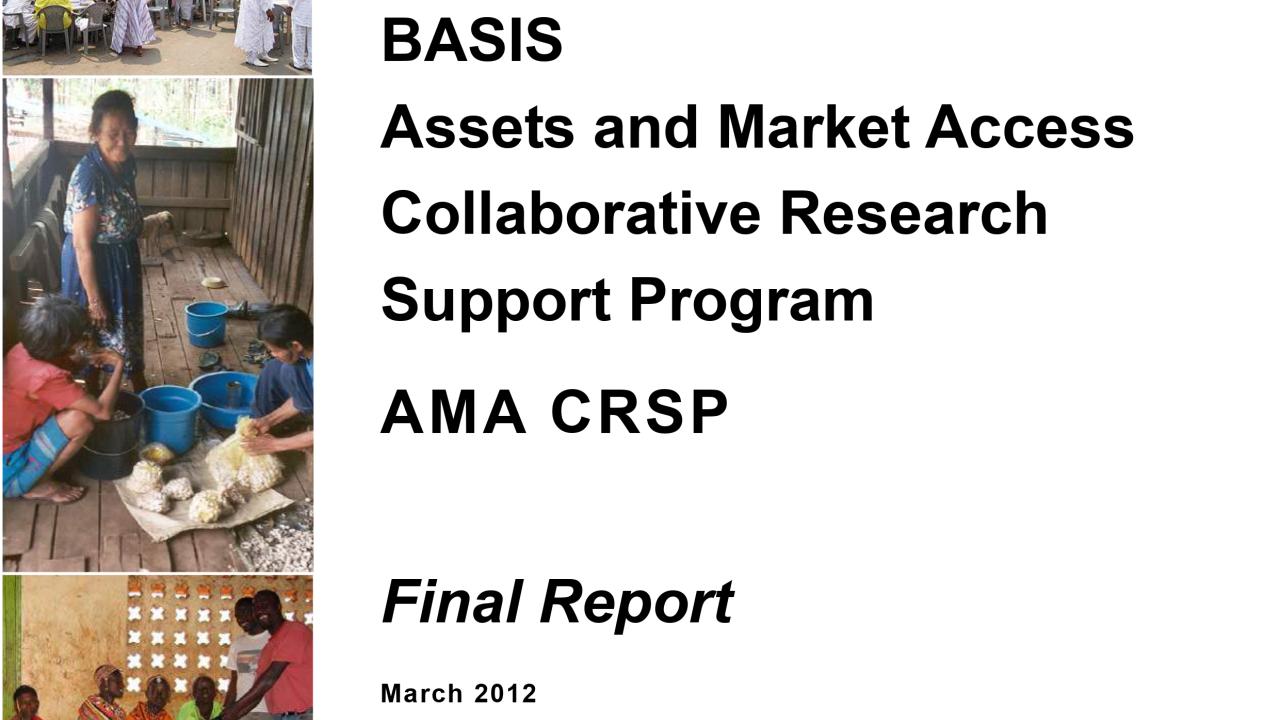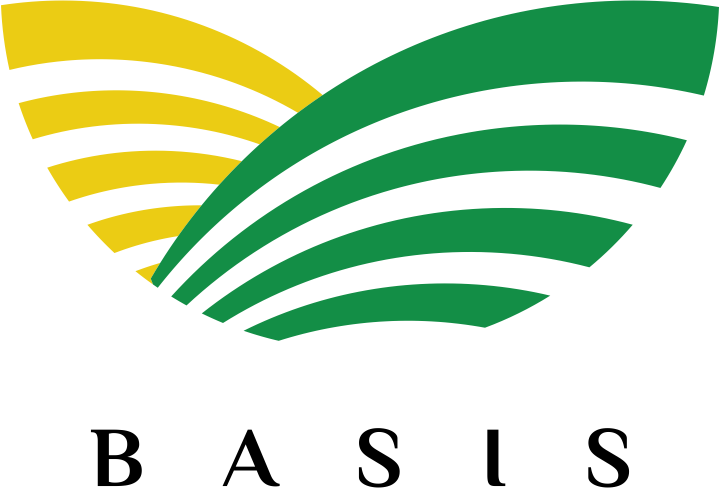
Beginning in 2001, BASIS AMA CRSP began a series of basic research projects in eastern and southern Africa that probed the nature of chronic and persistent poverty. Much of this work had important conceptual elements and laid the groundwork for what some have come to recognize as the “BASIS approach to chronic poverty.”
The BASIS approach is predicated on two theoretically grounded understandings. The first is that poverty dynamics and chronic poverty are best studied through the analysis of assets (the resources that people have to produce a livelihood) rather than through the analysis of income or other livelihood outcomes. The second is that a critical minimum asset threshold may exist, which we call the “Micawber Threshold.”[1] Individuals whose assets fall below that level become mired in chronic poverty, unable to escape from that position over time. This theoretical work in turn led BASIS AMA CRSP researchers to undertake empirical analyses of various economies (Ethiopia, Kenya, Madagascar, Malawi, South Africa, and Zimbabwe) in an effort to identify the Micawber or dynamic asset poverty threshold.
From a policy and programming perspective, knowledge of the existence and location of such critical asset thresholds is vital. It can be used to identify those households where risk has its most deleterious consequences. It can inform the design of safety nets intended to offset those consequences. Finally, it provides a target at which asset-building programs can aim in order to achieve sustainable poverty reduction.
While any university-based research program needs to continue to push the frontiers by exploring basic, but sometimes abstract ideas about the nature and causes of poverty and rural development, with the initiation of the new BASIS AMA CRSP in 2006 it was also clear that the time had come to explore concrete and practical solutions to these development challenges. Accordingly, a fraction of the BASIS AMA CRSP budget was set aside to fund an ambitious agenda of pilot projects designed to relax the constraints and change the conditions that underlie chronic poverty and thwart rural development.
[1] The “Micawber Threshold” label is due to a paper Michael Lipton who used it to denote a level of poverty so deep that it could not be extinguished even by the virtue of incremental savings espoused by Charles Dickens’ character Wilkins Micawber who told young David Copperfield “Annual income twenty pounds, annual expenditure nineteen nineteen and six, result happiness. Annual income twenty pounds, annual expenditure twenty pounds nought and six, result misery.”
